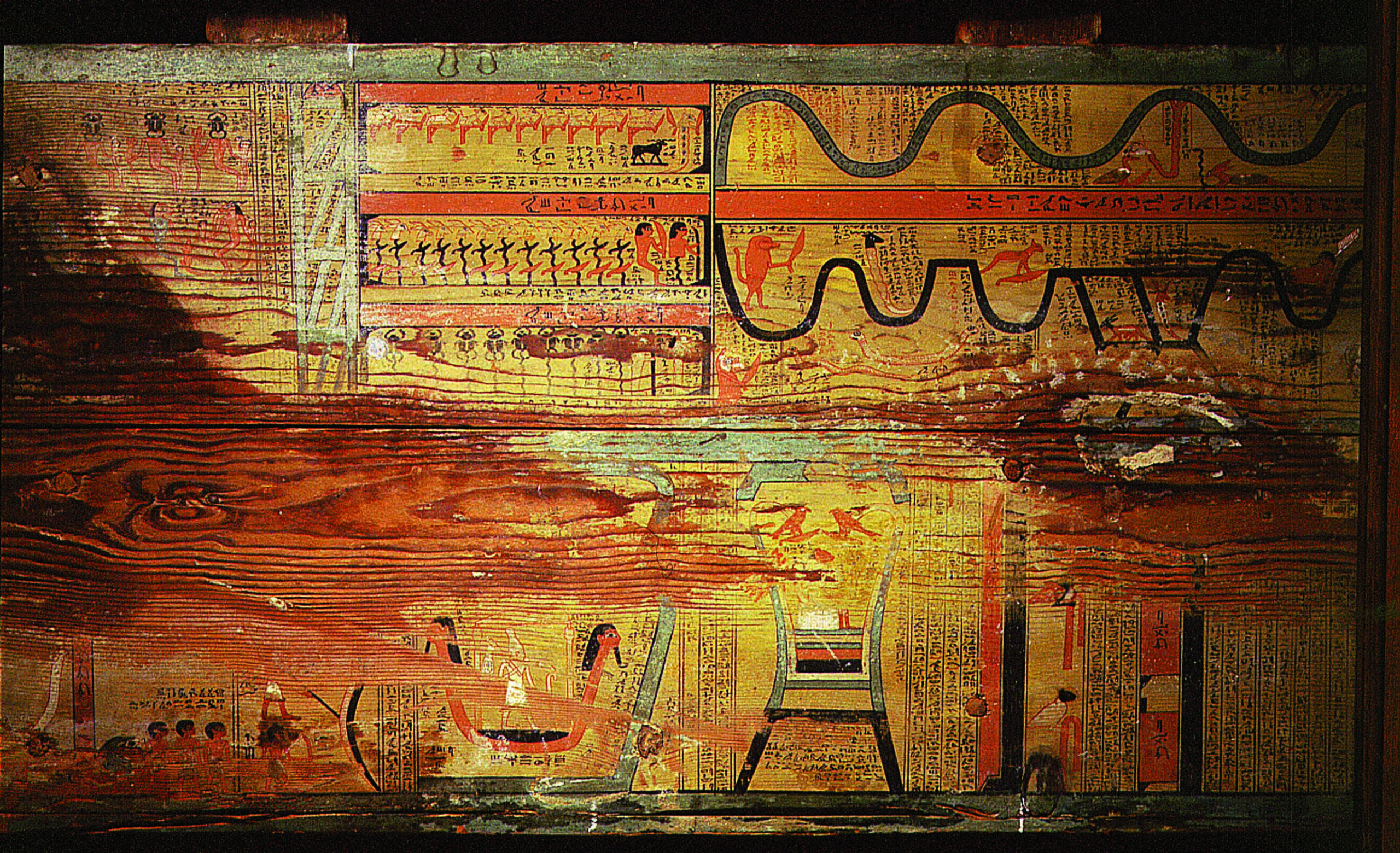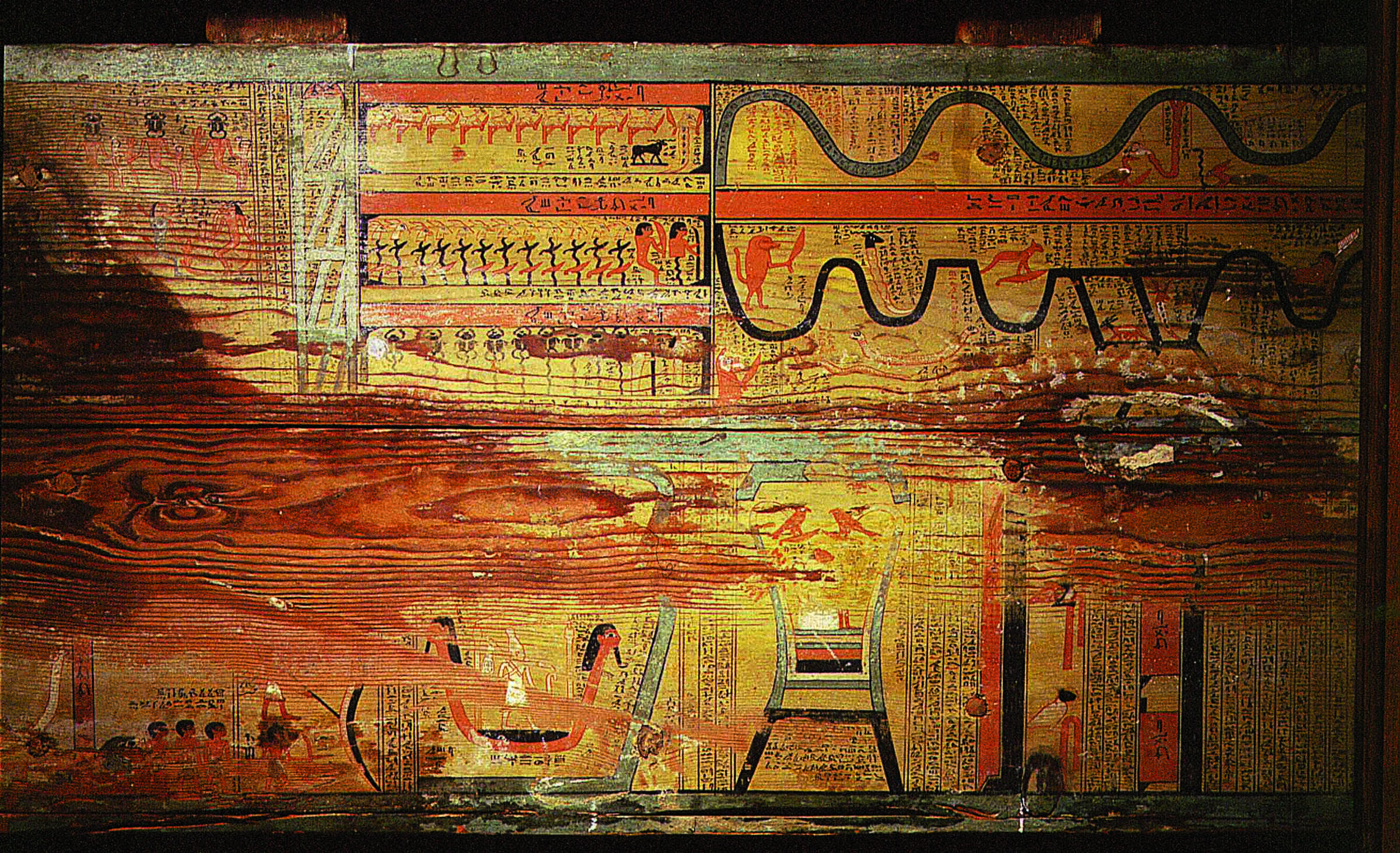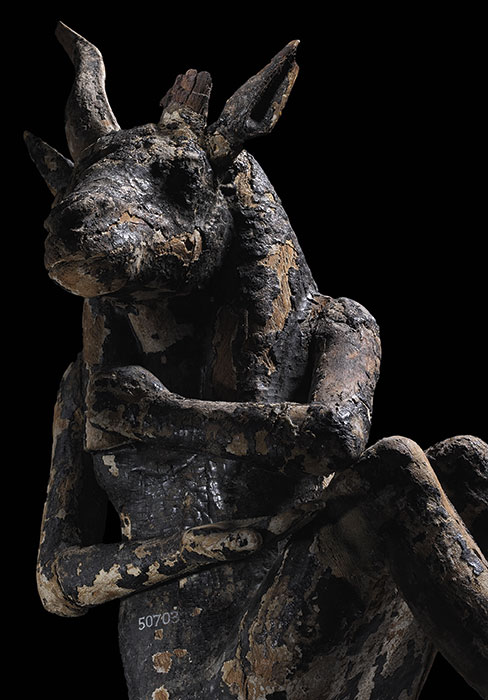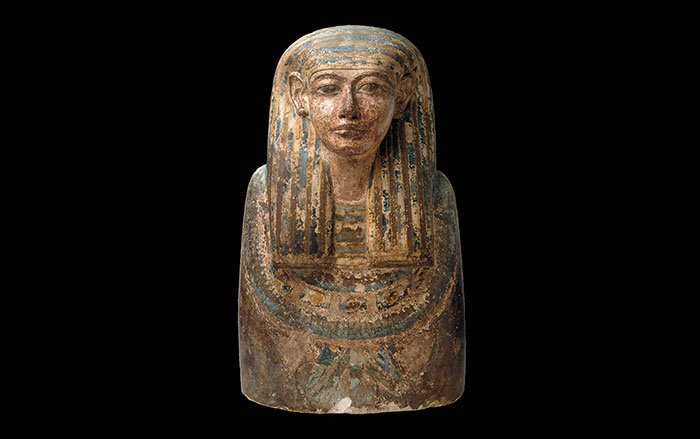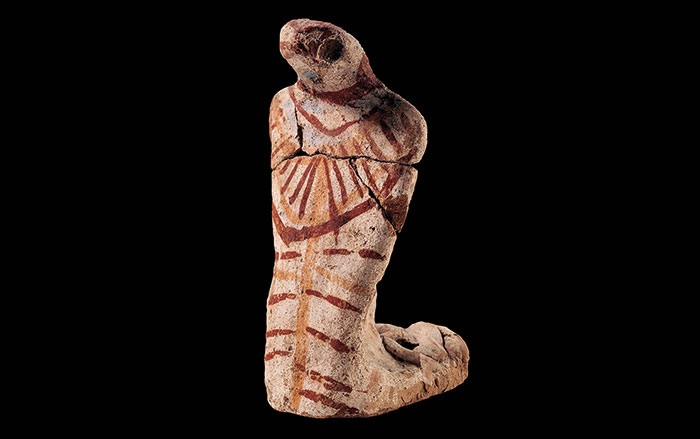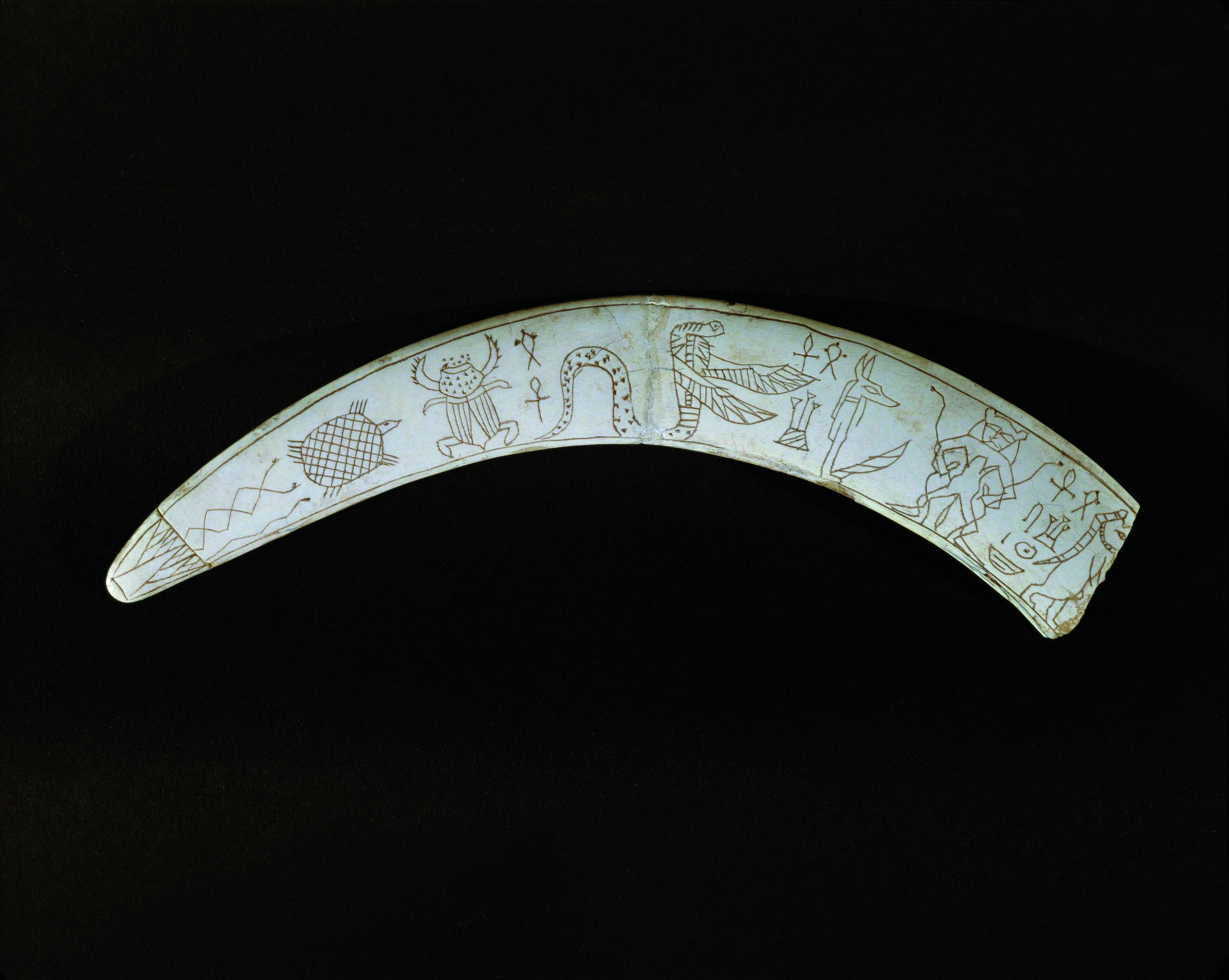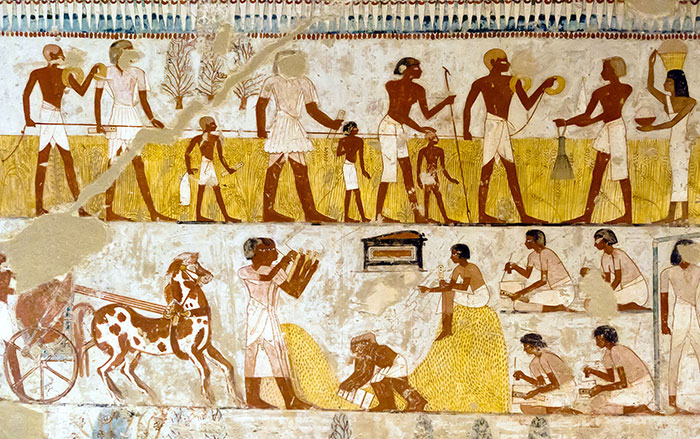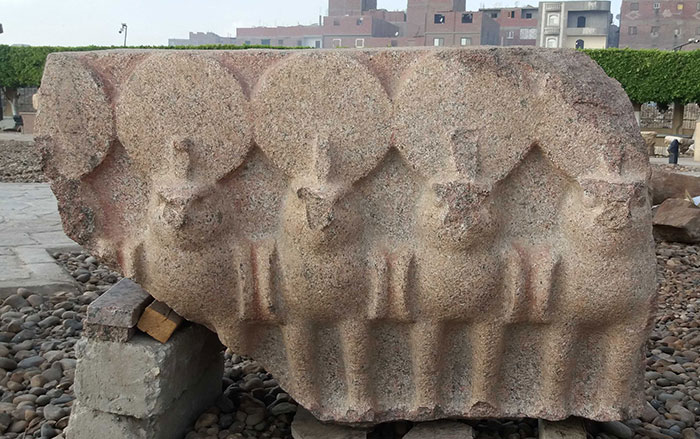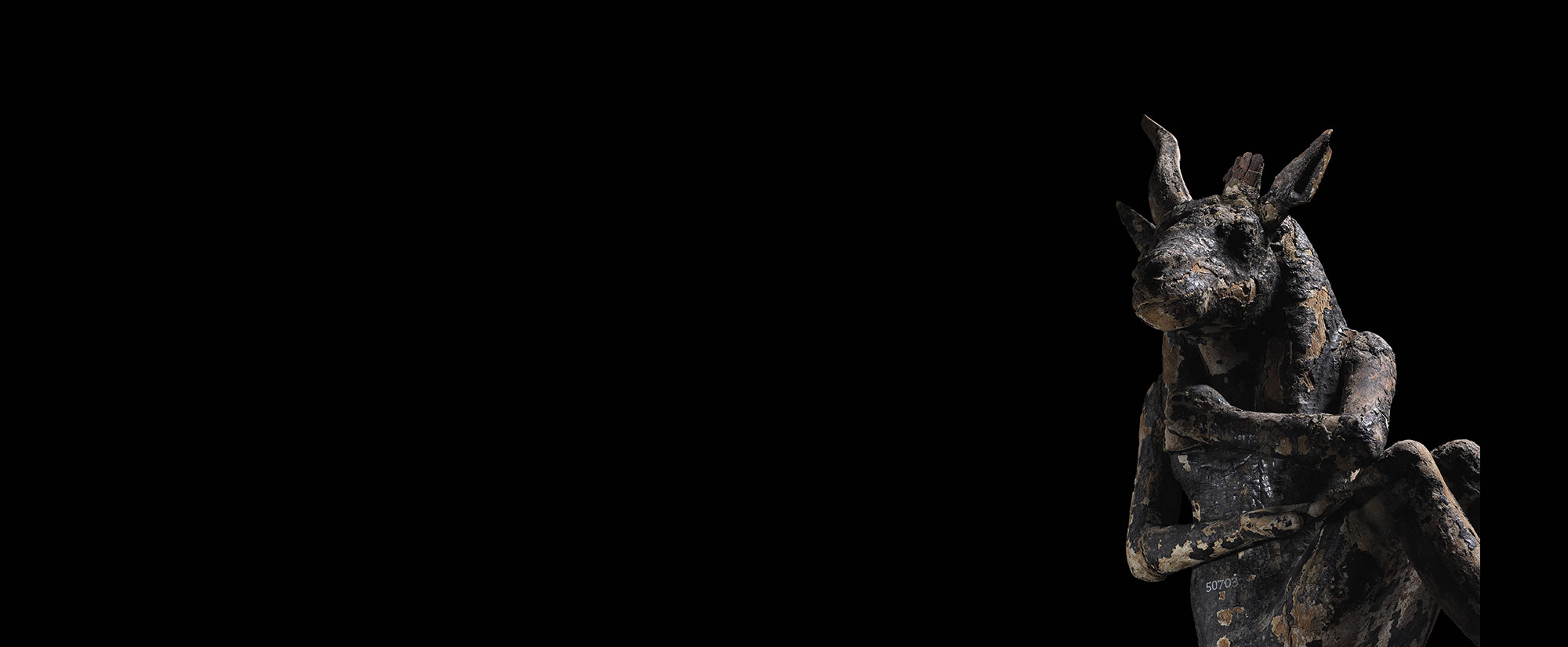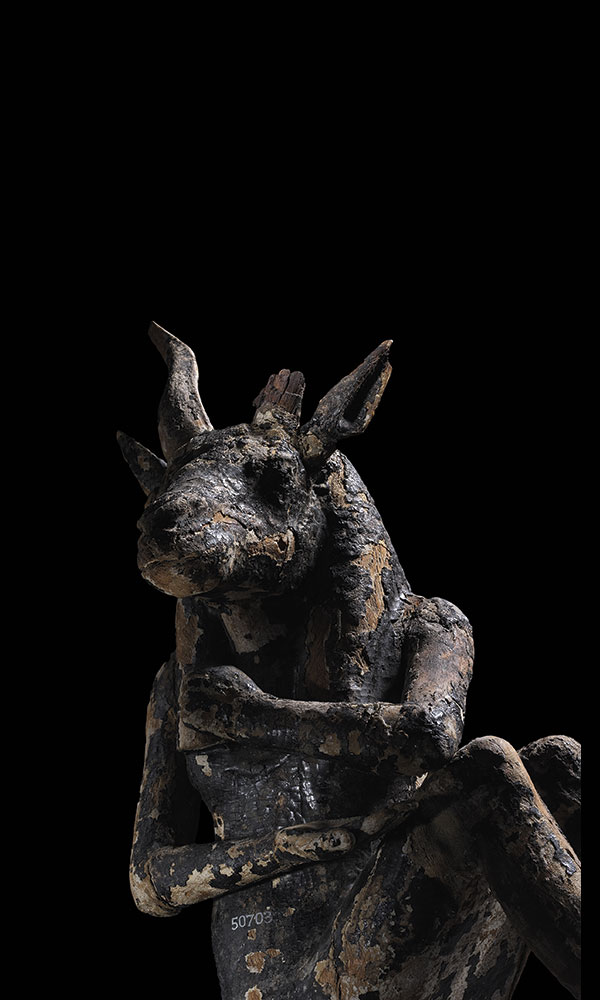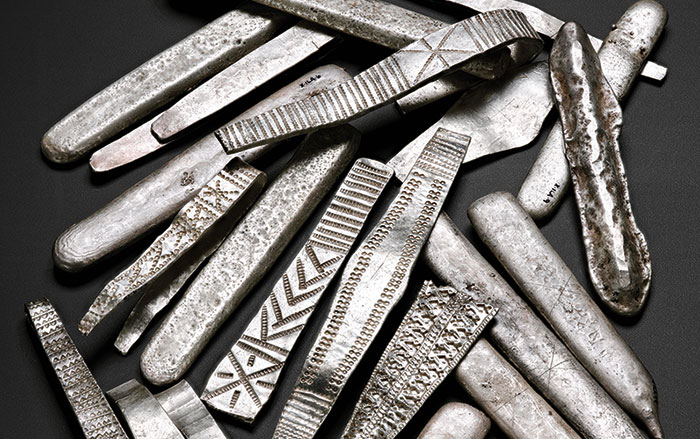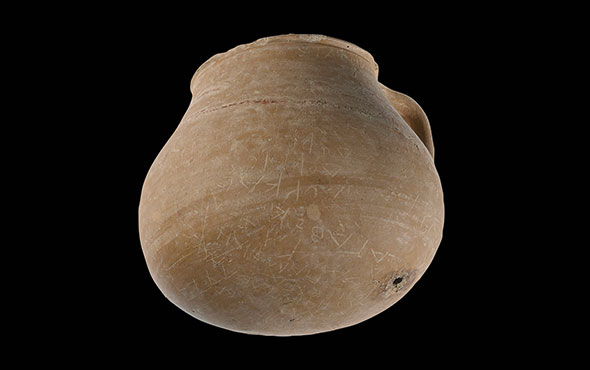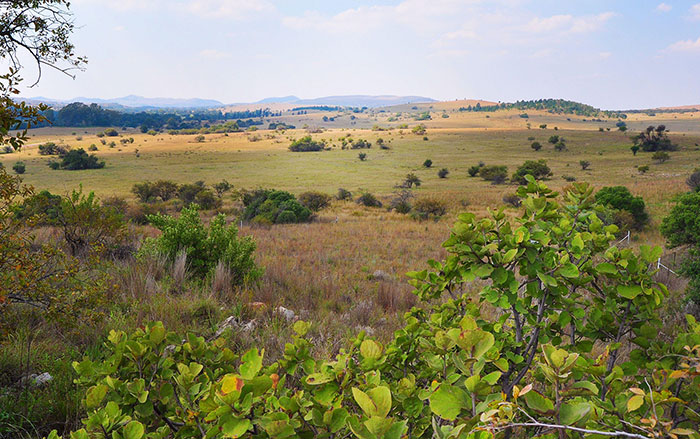When demons began to appear in documents and depictions dating to the early Middle Kingdom (ca. 2030–1640 B.C.), officials, as well as the kingdom’s general population, were already actively participating in the worship of the gods. A series of funerary spells known as the Coffin Texts, which were derived from earlier royal funerary texts, became increasingly common in the tombs of ordinary Egyptians. By this time they had as much right to access the afterlife as did the pharaoh. But the journey to the realm of the dead was an arduous one overseen by a bewilderingly diverse set of human-animal hybrid demons. Egyptians imagined the long route to the afterlife as marked by a series of gates over which these demons watched.
Swansea University Egyptologist Zuzanna Bennett has recently studied more than 400 demons described in Middle Kingdom Coffin Texts, particularly in one known as the Book of Two Ways. Scenes from these texts are depicted on coffins and act as a map to the underworld. According to the Coffin Texts, in order to pass to the afterlife the deceased was required to recite magical formulas, which served as a kind of password, at each gate. Demons would judge the spells successful—or not. Bennett found that while the forms these demons took may seem strange and monstrous, it’s likely they corresponded to the roles the creatures played at the gates. Baboons, who were thought to be able to talk, were often shown as demons who would render judgment on the deceased. Demons who took the form of animals regarded as stealthy, such as snakes, turtles, or scorpions, would attempt to trip up the deceased as they recited the formulas. Felines and cows, thought of as nurturing creatures, would aid a person in their effort to pass through a gate. Thus, demons were not just obstacles to be overcome, but played an essential role in the divine assessment of each person’s journey to the afterlife.
